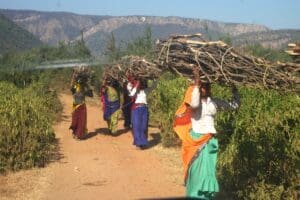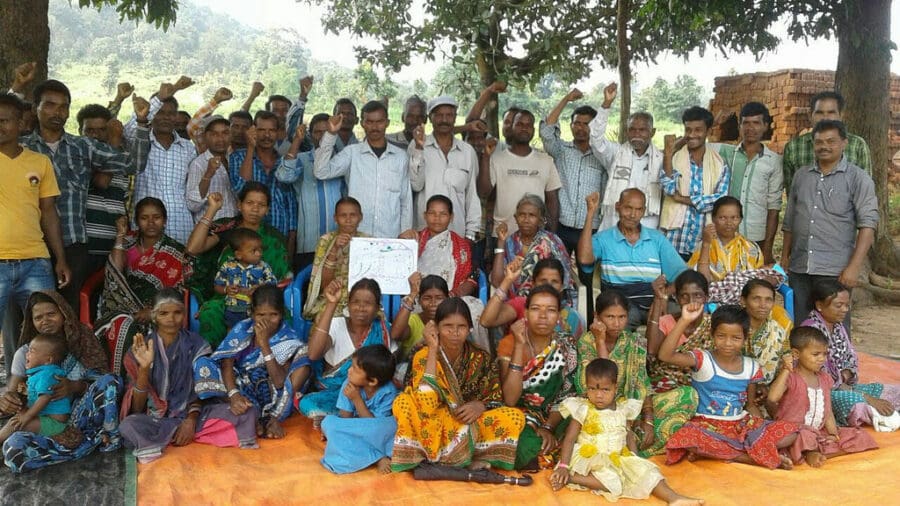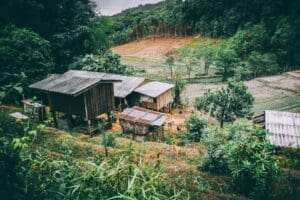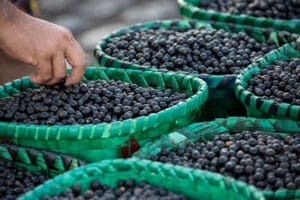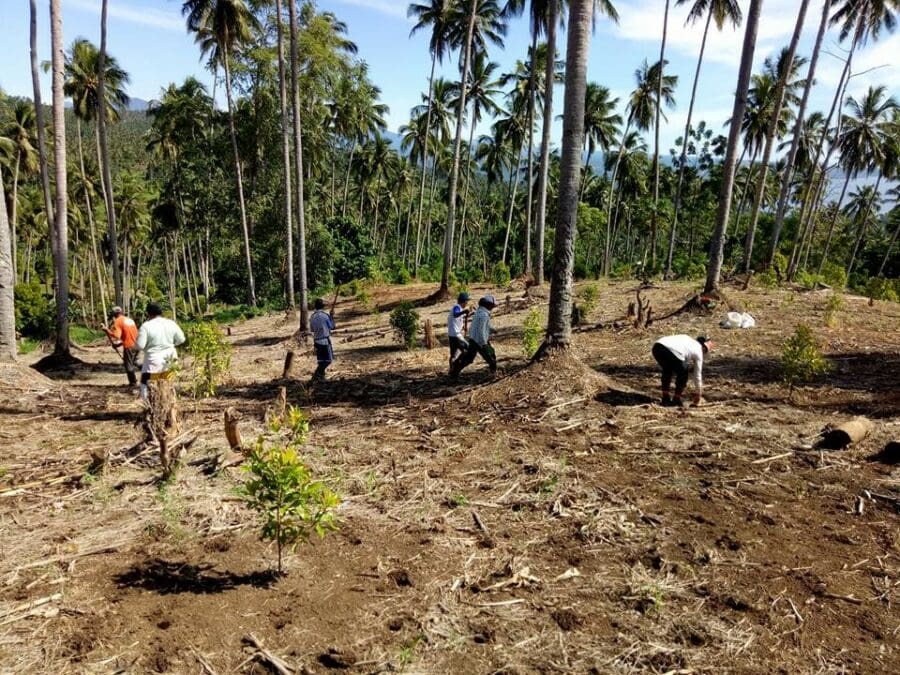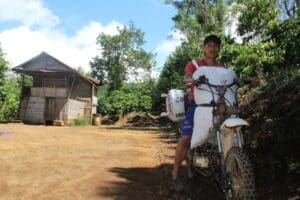Originally published on Mongabay.com on 15 March, 2021
- The fires in Similipal National Park and Tiger Reserve have brought to the fore the tug of war between the forest department and the community for biosphere ownership.
- While forest officials and wildlife activists maintain that the wildfire inside Similipal biosphere is caused by human action, satellite images suggest that the areas, where people have been given the Community Forest Rights (CFR) under the Forest Rights Act (FRA), are least damaged by the wildfire.
- Experts apprehend that the wildfire might increase the human-animal conflict in STR. They also call for community ownership over forests and pitch for integration of climate change in forest conservation planning to keep wildfire at bay
As Similipal National Park and Tiger Reserve in Odisha burned over the past month, the debate over whether ownership of the park should be in the hands of the forest department or the local community, came to the fore. Similipal, Asia’s second-largest biosphere reserve, located in Odisha’s Mayurbhanj district has been burning since February 11. A recent statement by the Forest Department notes that the fire is under control. While rainfall on March 10 brought relief to some parts of the National Park, many areas are still burning.
The Forest Survey of India (FSI) data suggests that between February 11 and March 15, a total of 348 fire points have been detected inside the Similipal Tiger Reserve (STR), 1242 in Baripada Division, 964 in Karanjia Division and 926 in Rairangpur Division. The biosphere reserve has four divisions – STR (South and North), Baripada, Karanjia and Rairangpur.
While the local residents, conservationists and concerned intellectuals raise serious ecological concerns about this wildfire, the Forest Department (FD) says the instances of fire are very common to deciduous sal forests of the STR. Regional Chief Conservator of Forests M. Yogajayananda, who is also the Field Director of the STR said, “Even though wildfire is very common to Similipal, the instances have increased this year. Absence of rainfall and dry leaf litters combined with wind and soaring temperature fuelled spread.”
Community-owned areas show lower damage by wildfire
Senior forest officials like Yogajayananda as well as wildlife activists Aditya Panda and Biswajit Mohanty maintained that the wildfire inside the biosphere is caused by human action. They said that the local tribal people in the area torch the forest to clear the land for ease of Mahua flower and Kendu leave collection and poaching. However, the FSI data suggest that the areas, where people have been given the Community Forest Rights (CFR) under the Forest Rights Act (FRA), are least damaged by the wildfire. Though fire caught a few CFR areas – the forests protected and managed by the Gram Sabha, a body of people’s representatives – the villagers managed to douse it with immediate effect.

